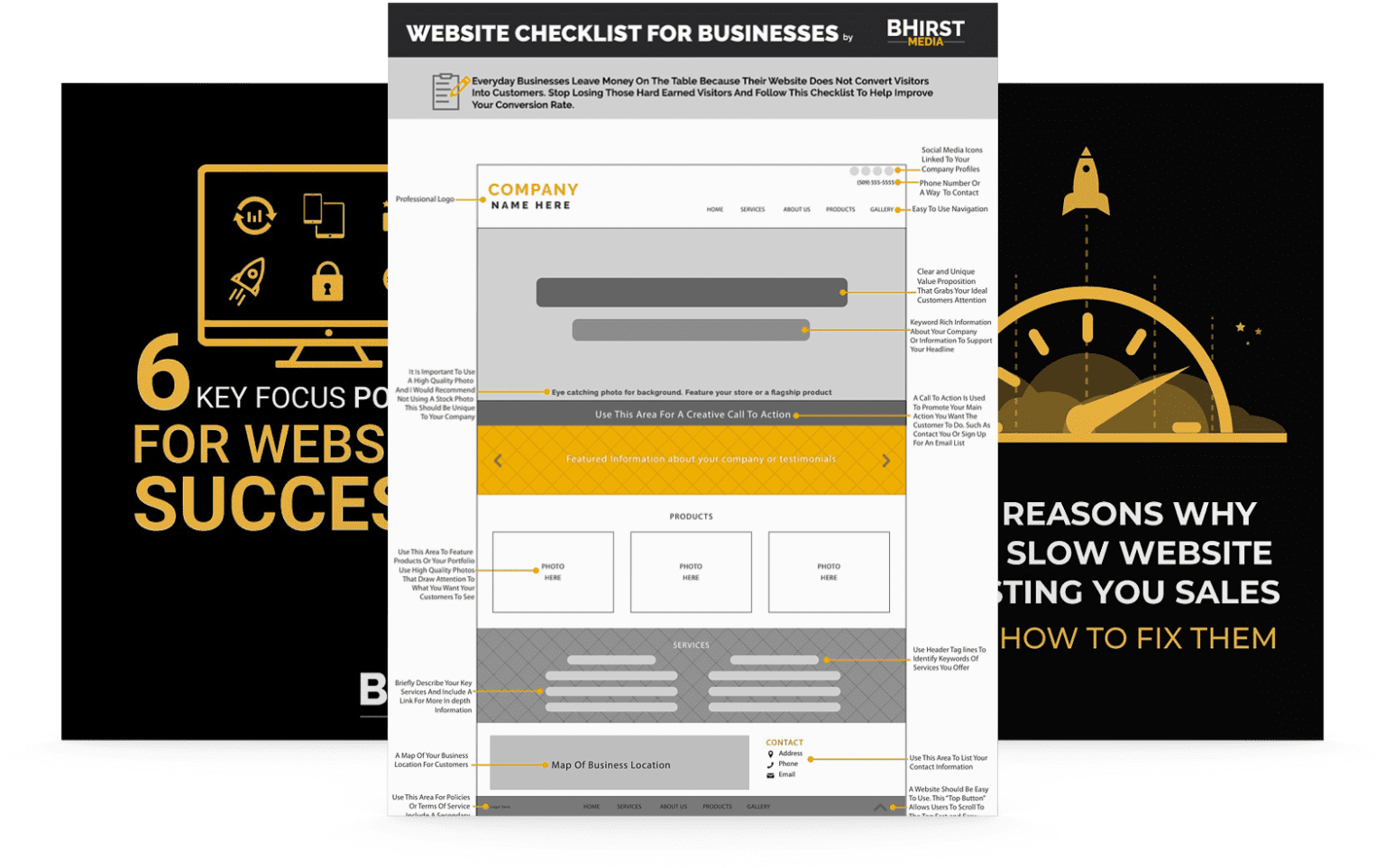
Determining the ideal number of pages for a business website depends on your goals, target audience, and content strategy. In the following sections, we’ll explore actionable strategies for crafting a website tailored to performance, trust, and user engagement across various industries.
Did you know that overly cluttered websites with excessive pages can actually harm your business? In the modern digital landscape, the number of pages on your business website significantly impacts your online presence. It can be the difference between attracting potential customers and driving them away. Striking the right balance ensures your website not only appears professional but also functions optimally to build trust and drive conversions across diverse sectors.
In the following sections, we’ll explore how to craft a concise yet effective website that enhances user experience, maximizes performance, and boosts customer confidence. From minimalist strategies ideal for startups to comprehensive layouts for established enterprises, we’ll explore practical approaches aligned with your unique business goals. Let’s dive into determining the best page strategy for your site.
When considering how many pages should a website have, it’s essential to prioritize the content’s quality over the sheer number of pages. User experience, content relevance, and user engagement should drive your website design for conversion. High-quality pages provide easy navigation, valuable information, and guide visitors through your site seamlessly. A website with fewer, well-thought-out pages often outperforms one overwhelmed with low-value content.
Consider two hypothetical websites: a healthcare provider and an e-commerce store. The first, a healthcare site, could have 30 pages detailing every possible medical condition, treatment, and staff bio. The second site, a streamlined version, has just six pages: an overview of services, doctor profiles, contact information, patient testimonials, insurance details, and a privacy policy. Similarly, the e-commerce store might choose between thousands of product pages with minimal descriptions or carefully curated collections with detailed specifications and customer reviews. In both examples, visitors are more likely to appreciate the site that offers a straightforward, user-friendly experience. This illustrates optimal website page count focuses on efficiently fulfilling user intent rather than accumulating pages.
When addressing how many pages should a website have, it’s essential not only to focus on SEO or potential conversions but also on building trust. Your website’s design and structure significantly establish credibility with your audience. Trust is achieved through consistent branding, intuitive navigation, and meeting user expectations.
Web design best practices emphasize that a straightforward, easy-to-navigate site structure fosters trust. A study by the Nielsen Norman Group indicated that users prefer websites with minimal clutter and well-organized content, which creates a perception of trustworthiness and competence. A site burdened with excessive pages can overwhelm users, leading to higher bounce rates and decreased engagement. Therefore, when designing your business website must-have pages, focus on ensuring each page reinforces the brand’s promise and integrity.

The number of pages on a website significantly influences the user journey. Finding the right balance is crucial for achieving optimal website page count. A site lacking sufficient pages might not furnish enough information for users to make informed decisions or fully engage with your brand. Conversely, a site with too many pages can scatter focus and dilute your message.
Consider these industry-specific examples:
In each of these scenarios, strategically structuring the site with around 10 to 20 pages can be optimal, providing enough detail to engage users without overwhelming them. This aligns with simple website strategies that prioritize user experience and journey mapping.
When pondering how many pages should a website have, starting with the essentials is beneficial. These foundational pages are crucial for most businesses:
For small business websites, focusing on a minimalist vs. extensive strategies approach involves starting with a few essential pages and expanding as engagement grows or as business needs change. Larger organizations may require more detailed sites to cover all aspects of their operations. This ensures your website remains agile, reduces ongoing maintenance, and focuses on delivering compelling content.

Crafting the ideal website page count means focusing on content depth, clear navigation, and user intent, rather than mere volume. Whether you operate a startup with foundational needs or a large enterprise managing complex offerings, balance trust-building, user experience, and your overarching business goals.
Regularly review and refine your pages to maintain relevance, maximize visitor engagement, and drive meaningful conversions. Adapting to emerging web technologies, prioritizing mobile responsiveness, and incorporating user feedback are essential for long-term success. The right number of pages is ultimately the one that best serves your audience while dynamically aligning with your evolving growth strategy. Looking ahead, businesses that embrace adaptable strategies and data-driven decision-making will lead in an increasingly competitive digital landscape.
